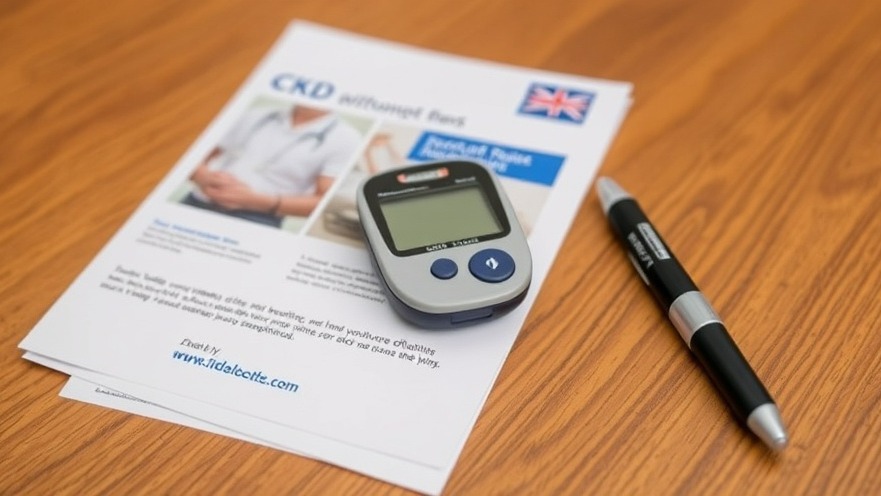
The Economic Impact of Sotagliflozin on Patient Outcomes
In the landscape of type 1 diabetes (T1D) management, integrating sotagliflozin as an adjunct therapy has emerged as a pivotal consideration for both clinical outcomes and economic viability. The latest cost-effectiveness analysis reveals significant benefits in patient survival and quality of life, suggesting a potential paradigm shift in treatment approaches, especially among those grappling with chronic kidney disease (CKD). This section delves into the findings of the recent study, highlighting how the addition of sotagliflozin extends life expectancy and reduces the necessity for dialysis or transplantation, ultimately leading to a more cost-effective treatment option.
Understanding the Cost Dynamics of Therapy Options
While sotagliflozin therapy results in an increased upfront cost—projected at $72,914 more per patient—it’s critical to assess this investment holistically. With the incremental cost-effectiveness ratio (ICER) calculated at $115,677 per quality-adjusted life year (QALY), it falls below the $150,000/QALY willingness-to-pay threshold that many health economists regard as acceptable. This analysis not only provides a fiscal perspective but also encourages medical practice owners to rethink how they present treatment options to patients. Emphasizing health outcomes alongside economic viability can position practices as leaders in patient care.
Implications for Concierge Medical Practices
For owners of concierge medical practices looking to solidify their standing in the market, recognizing the implications of emerging therapies like sotagliflozin is essential. Patients increasingly seek solutions that balance efficacy with economic reasonableness. By incorporating new findings into their treatment philosophies, these practices can enhance their service offerings and patient satisfaction. Furthermore, as healthcare consumers become more informed about their care options, presenting evidence-based recommendations that also consider long-term costs can help build trust and credibility.
Practical Considerations and Decision-Making Strategies
In light of the findings on sotagliflozin, concierge medical practice owners need to evaluate their current insulin therapy protocols against this new standard. Implementing a patient-centered approach where therapy costs and potential benefits are communicated transparently can significantly impact patient adherence and overall health outcomes. Offering tailored consultations that discuss the implications of using sotagliflozin may also attract new patients seeking comprehensive care strategies.
Future Directions in Diabetes Care Management
The shifting landscape of diabetes management calls for ongoing research and adaptation within practices. As new treatment modalities continue to evolve, staying abreast of clinical studies and economic analyses will be crucial. Owners should consider establishing partnerships with research institutions or participating in further studies to enhance their practices’ offerings. Engaging in discussions about therapy effectiveness and cost management is imperative to remain competitive and provide optimal care.
In context, the growing recognition of the cost-effectiveness of sotagliflozin in T1D management not only shapes clinical decisions but also impacts the broader health economics landscape. For concierge practices, this creates a dual opportunity: improve patient outcomes and optimize practice sustainability. With calculated integration of innovative therapies, practice owners can elevate their offerings, ensuring they remain leaders in the medical community.
In conclusion, understanding and applying the insights from cost-effectiveness analyses can drive strategic decision-making in concierge practices. As the healthcare environment shifts, embracing economic and clinical evidence will undoubtedly foster a competitive advantage.
 Add Row
Add Row  Add
Add 




Write A Comment